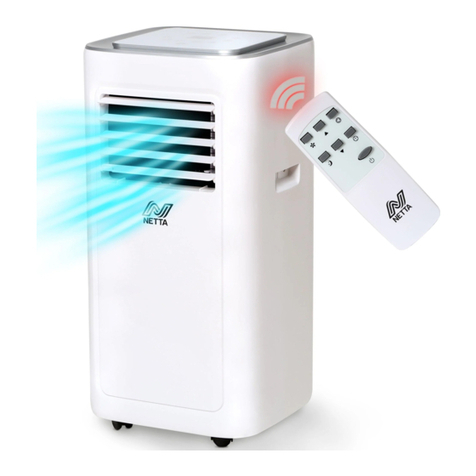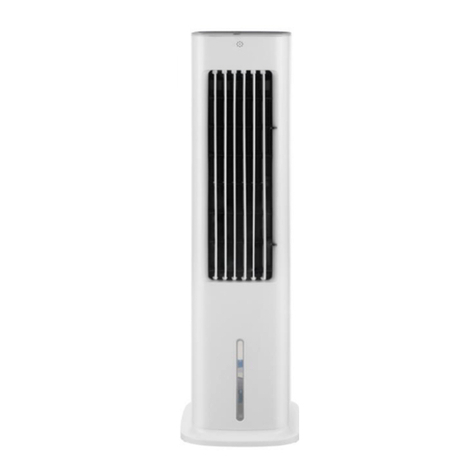during which flammable refrigerant can possibly be released to the
surrounding space. Prior to work taking place, the area around the
equipment is to be surveyed to make sure that there are no flammable
hazards or ignition risks. “No Smoking” signs shall be displayed.
Ventilated Area
Ensure that the area is in the open or that it is adequately ventilated
before breaking into the system or conducting any hot work. A degree
of ventilation shall continue during the period that the work is carried
out. The ventilation should safely disperse any released refrigerant and
preferably expel it externally into the atmosphere.
Checks to the Refrigeration Equipment
Where electrical components are being changed, they shall be fit for
the purpose and to the correct specification. At all times, the
manufacturer’s maintenance and service guidelines shall be followed. If
in doubt consult the manufacturer’s technical department for
assistance.
The following checks shall be applied to installations using flammable
refrigerants:
–The charge size is in accordance with the room size within which the
refrigerant containing parts are installed.
–The ventilation machinery and outlets are operating adequately and
are not obstructed.
–If an indirect refrigerating circuit is being used, the secondary circuit
shall be checked for the presence of refrigerant.
–Markings on the equipment continue to be visible and legible.
Markings and signs that are illegible shall be corrected.
–Refrigeration pipes or components are installed in a position where
they are unlikely to be exposed to any substance which may corrode
refrigerant containing components, unless the components are
constructed of materials which are inherently resistant to being
corroded or are suitably protected against being so corroded.





























